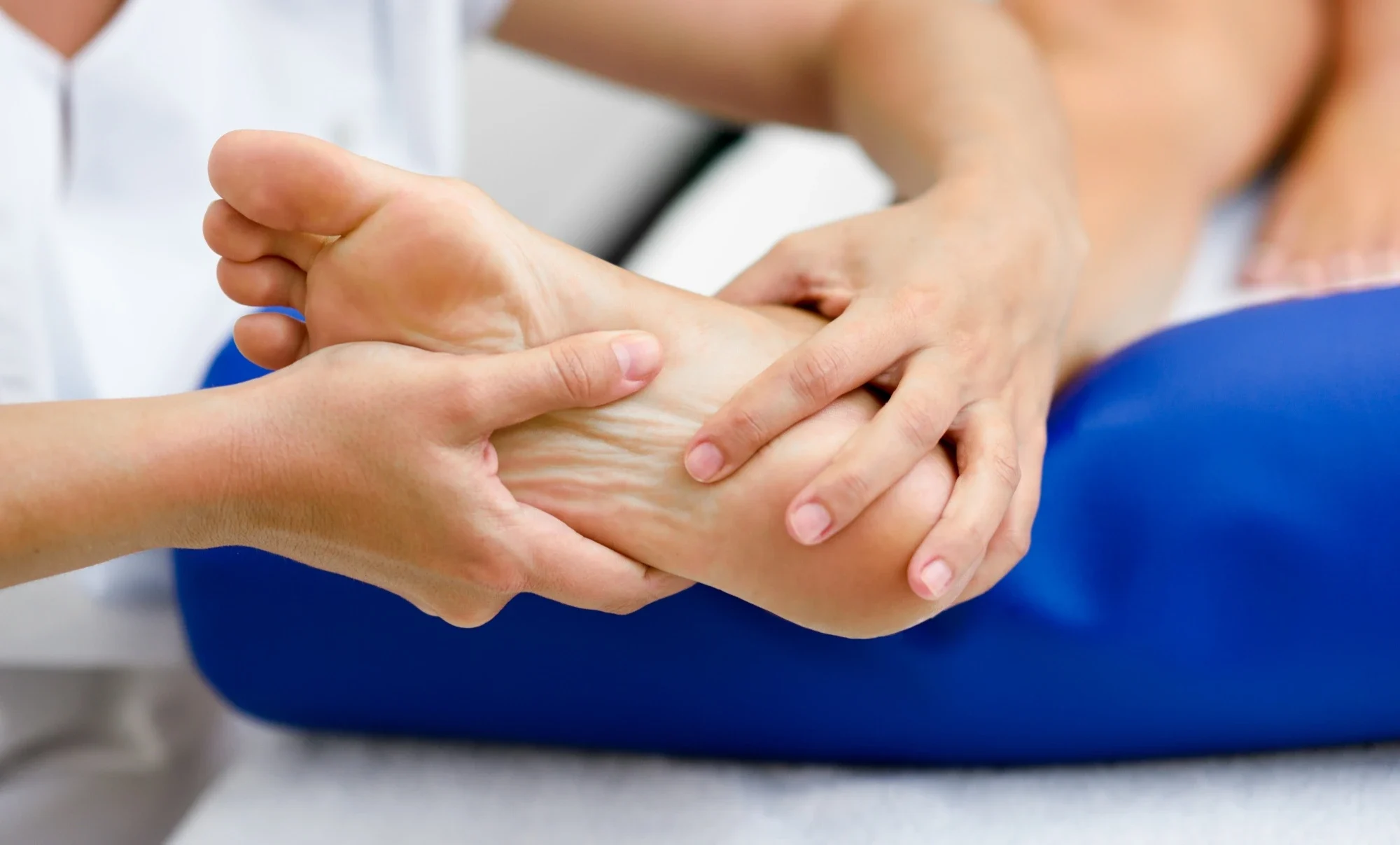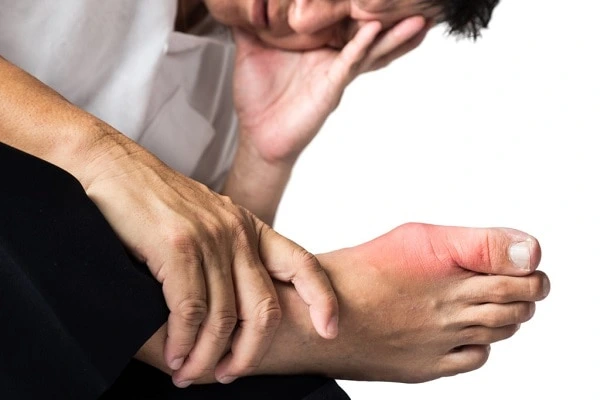
Bunions & Bunionettes
Bunion Symptoms You Shouldn’t Ignore
Book Your Visit Now
Bunions are a common foot deformity that can significantly impact daily comfort and mobility. Many patients struggle to wear shoes comfortably—especially dress shoes, which often feel too tight. For some, bunions can interfere with physical activities such as running, hiking, or even walking, making once-enjoyable movements painful. When your foot is always on your mind, it’s time to find the right bunion treatment—and our expert podiatrists are here to help you take the next step pain-free.
What is a bunion?
A bunion forms when the big toe shifts toward the second toe, creating a bony bump at the joint. A similar issue can occur at the small toe joint, known as a bunionette or tailor’s bunion. Both conditions can be painful and tend to worsen over time if not treated.
The big toe joint plays a crucial role in foot function—it’s the forefoot’s “workhorse,” helping you push off when walking. When this joint is inflamed or misaligned, it can cause a visible enlargement at the base of the big toe and lead to painful callus formation.
In severe cases, especially in patients with diabetes, the area may develop open sores that risk infection. Redness, swelling, and difficulty wearing shoes—even comfortable ones—are also common complaints.
You might try wider shoes, bunion correctors, or padding as part of your foot care routine—but over time, these methods may no longer provide lasting relief. While some non-surgical options can help, bunions and bunionettes are often best treated with surgical correction to restore alignment and relieve pain.
Book Your Visit Now
Say Goodbye to Bunion Discomfort
At Anderson Podiatry Center, recognized as one of the best podiatrists in Colorado, we believe you shouldn’t have to live with foot pain—especially when there’s a proven path forward. Our expert surgical treatment can effectively realign the affected joint, remove the painful bump, and restore your toe’s natural position. The result? Improved movement, less pressure inside your shoes, and greater overall comfort.
For early-stage or mild bunions, orthotic devices may also provide relief and help slow progression.
Many patients return to wearing enclosed and even selective dress shoes after recovery—and more importantly, to walking, exercising, and living life without constant discomfort. With expert foot care and treatment, recovery typically takes two to three months, but most are walking again within the first week.
Our success rate is high, and patients often describe the outcome as life-changing: less pain, better mobility, and a foot that finally feels right again.
If you’re unsure about the stage of your bunion or what treatment is best for you, we encourage you to schedule a consultation. Early action makes a real difference. And remember that when you have tight-fitting shoes, the shoes may not always be the problem.

Recovery May Be Easier Than You Think!
Step Confidently in Your Favorite Shoes Again!
Is foot pain, swelling, or limited toe movement making it hard to enjoy your favorite shoes? A closer look at your bare feet might reveal the cause.
If your big toe angles inward toward the second toe, or if you notice a bony bump at the joint—these are common signs of a bunion.
If the bump appears at the base of your pinky toe instead, you may be dealing with a bunionette.
Whether it’s a bunion or bunionette, both can make walking uncomfortable and slipping into your favorite shoes a daily struggle. But the good news is: with the right treatment, relief is possible—and so is getting back to shoes you love.

Anderson Podiatry Center Expertly Treats Bunions and Bunionettes—Helping You Step Forward in Comfort!
• Custom orthotics designed to support proper foot alignment
• Corrective surgery performed with precision and care
• Long-lasting relief through tailored treatment plans
• Most insurance plans accepted
• Medicare-certified, state-of-the-art surgery center
• Compassionate care from a team that listens
• Our personalized approach targets the root cause—not just the symptoms—so you can walk, run, and live without discomfort.
Discover why patients across Colorado choose Anderson Podiatry Center!
Watch our patient testimonials to hear real stories of healing—and imagine what’s possible for you.
Let’s get you back on your feet—pain free and confident!

Discover Why Patients Choose Us for Expert Bunion Treatment

Mindy’s Journey: Life One Year After Double Bunion Surgery




